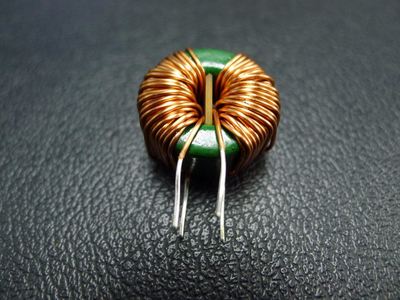
In modern electronic equipment, electromagnetic compatibility (EMC) is a key indicator to ensure equipment performance and reliability. With the rapid development of electronic equipment, especially high frequency and high power equipment, electromagnetic interference (EMI) phenomenon is becoming increasingly serious, which not only affects the normal operation of equipment, but also may lead to mutual interference between systems. Therefore, the exploration of new materials and new technologies to improve electromagnetic compatibility has become a research hotspot.
In recent years, nanocrystalline magnetic core, as an important material to promote the improvement of electromagnetic compatibility, has attracted wide attention because of its unique physical and chemical properties. The preparation and application of nanocrystalline magnetic core not only promote the research of magnetic materials, but also provide a new idea and method for improving electromagnetic compatibility. This paper will discuss the technological breakthrough of nanocrystalline magnetic core and its application potential in electromagnetic compatibility.
The basic characteristics of nanocrystalline magnetic core
Nanocrystalline magnetic core is a material which is prepared by a special heat treatment process and has a nanometer grain structure of iron based magnetic alloy. Its basic characteristics include higher permeability, better frequency characteristics and excellent energy loss performance. These characteristics make the nanocrystalline magnetic core perform well in high-frequency applications, can effectively suppress electromagnetic interference, and improve electromagnetic compatibility.
First, the high permeability of the nanocrystalline core allows it to respond quickly under high-frequency signals, thereby reducing signal attenuation during transmission. In addition, the small grains of nanocrystalline materials make them perform well in terms of mechanical strength and temperature stability. At the same time, due to the characteristics of its amorphous metal matrix, this material has low loss in low frequency bands, which is suitable for application in electromagnetic devices such as transformers and inductors.
Technical breakthrough of nanocrystalline magnetic core
In the research process of nanocrystalline magnetic core, a series of key technological breakthroughs provide guarantee for its performance improvement. Firstly, the uniformity and densification of nanocrystalline magnetic cores are significantly improved by the improvement of the preparation process. The traditional preparation method is difficult to control the grain size and morphology, but the modern heat treatment technology combined with solution synthesis and other methods can effectively adjust the structure of nanocrystalline, and then improve the magnetic properties.
Secondly, the application of doping technology provides a new way to improve the performance of nanocrystalline magnetic core. By incorporating rare earth elements or other metal elements into the base alloy, the magnetic properties and corrosion resistance of nanocrystals can be improved. For example, cerium-doped nanocrystal cores show superior stability in high temperature and wet environments and are suitable for use in a variety of extreme operating conditions.
Moreover, the design of composite materials for nanocrystalline magnetic cores is also an important breakthrough. By combining nanocrystalline materials with other functional materials, better comprehensive properties can be achieved. For example, the composite of nanocrystals and ceramic materials enables the magnetic core to reduce its size while improving its thermal management capability and mechanical strength, providing an effective solution to the heat dissipation problem in practical applications.
Application of nanocrystalline magnetic core in electromagnetic compatibility
In electromagnetic compatibility related applications, nanocrystalline magnetic cores play an important role. In modern electronic equipment, relays, FM30C256-S transformers and inductors are important sources of electromagnetic interference, and nanocrystalline magnetic cores can be used as electromagnetic shielding materials to effectively inhibit the propagation of interference signals. By using the inductor composed of nanocrystalline core, the interference between devices can be reduced and the electromagnetic compatibility of the whole system can be improved.
In addition, the high frequency characteristics of nanocrystalline cores make them ideal for use in switching power supplies and RF devices. These devices usually produce strong high-frequency noise during the working process, and electromagnetic components using nanocrystalline magnetic cores can effectively suppress this noise, thereby improving the stability and reliability of the equipment.
Especially in emerging fields such as new energy vehicles, wireless communications and the Internet of Things, nanocrystalline magnetic cores are gradually becoming key materials. With the continuous progress of technology and the increase of application demand, the prospect of research and development of nanocrystalline magnetic core is more and more broad.
In general, as a new type of magnetic material, nanocrystalline magnetic core has shown significant advantages in improving electromagnetic compatibility. Through continuous technological breakthroughs and application expansion, nanocrystalline magnetic cores are expected to play a more important role in the future design of electronic devices.
The Products You May Be Interested In
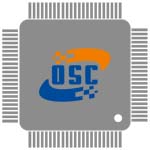 |
3991 | HEFTY ON-OFF PUSHBUTTON POWER SW | 144 More on Order |
 |
558 | RUGGED METAL PUSHBUTTON | 458 More on Order |
 |
482 | SWITCH PB 16MM GRN LED | 428 More on Order |
 |
4187 | BLUE LED ILLUMINATED TRIANGLE PU | 412 More on Order |
 |
2167 | SENSOR CROSS-BEAM 250MM OPEN COL | 102 More on Order |
 |
3721 | DIGITAL TEMPERATURE AND HUMIDITY | 331 More on Order |
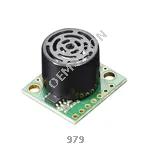 |
979 | MAXSONAR RANGEFINDER LV-EZ0 | 108 More on Order |
 |
4007 | ULTRASONIC DISTANCE SENSOR - 3V | 448 More on Order |
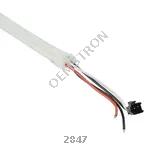 |
2847 | ADDRESS LED STRIP SERIAL RGBW 1M | 466 More on Order |
 |
306 | ADDRESS LED STRIP SERIAL RGB 5M | 242 More on Order |
 |
2539 | NEOPIXEL DIGITAL RGB LED STRIP - | 454 More on Order |
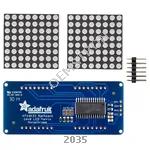 |
2035 | ADDRESS LED MATRIX I2C GREEN | 316 More on Order |
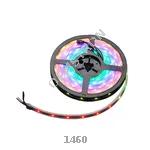 |
1460 | ADDRESS LED STRIP SERIAL RGB 5M | 275 More on Order |
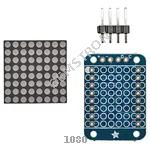 |
1080 | ADDRESS LED MATRIX I2C WHITE | 296 More on Order |
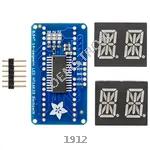 |
1912 | ADDRESS LED 14 SEG I2C BLUE | 523 More on Order |
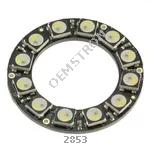 |
2853 | ADDRESS LED RING SERIAL RGBW | 360 More on Order |
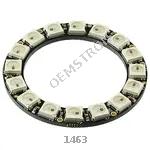 |
1463 | ADDRESS LED RING SERIAL RGB | 390 More on Order |
 |
2659 | ADDRESS LED DISCR SER RGB 1=10 | 1684 More on Order |
 |
2530 | 3W RGB LED - COMMON ANODE | 238 More on Order |
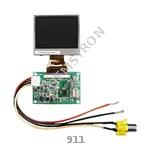 |
911 | 2"" TFT DISPLAY 320 X 240 | 382 More on Order |
 |
4041 | DIFFUSED RED INDICATOR LED - 15M | 518 More on Order |
 |
1907 | DUAL ALPHANUMERIC DISPLAY - RED | 152 More on Order |
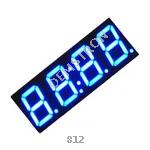 |
812 | BLUE 7-SEGMENT CLOCK DISPLAY | 253 More on Order |
 |
3522 | ENAMELED COPPER MAGNET WIRE 11 | 1339 More on Order |
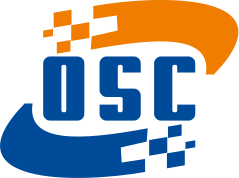
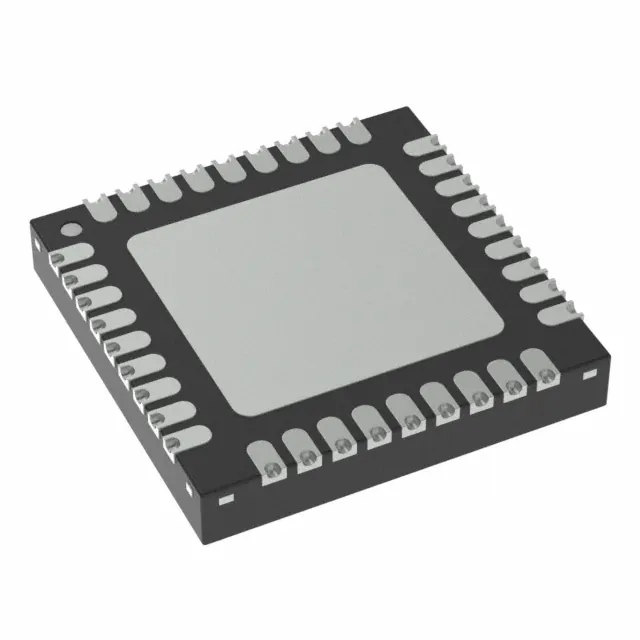 Semiconductors
Semiconductors









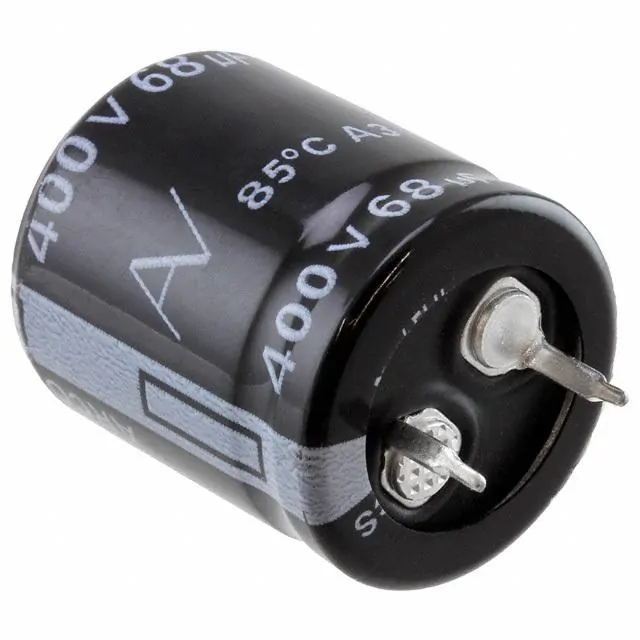 Passive Components
Passive Components









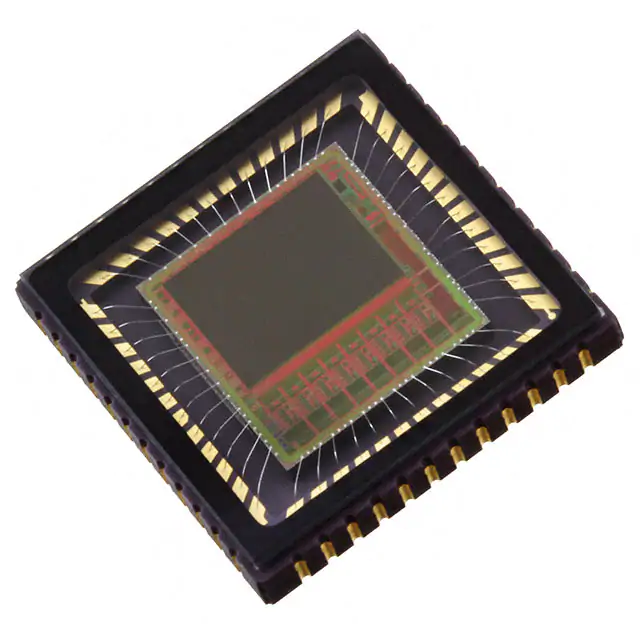 Sensors
Sensors








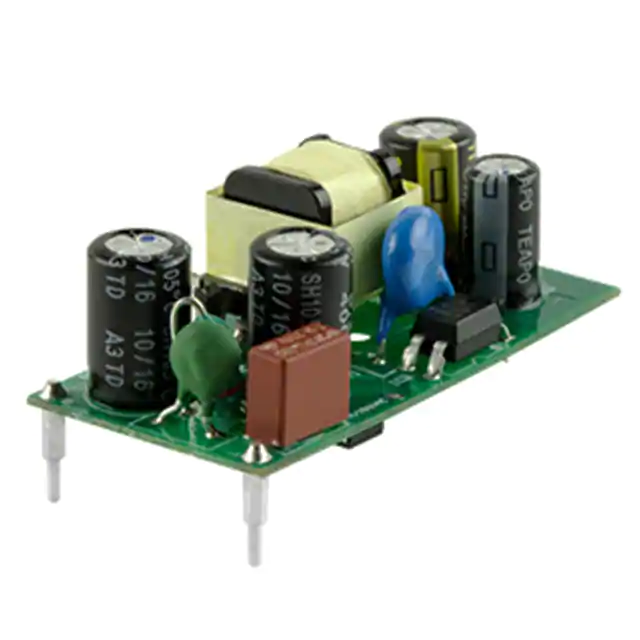 Power
Power









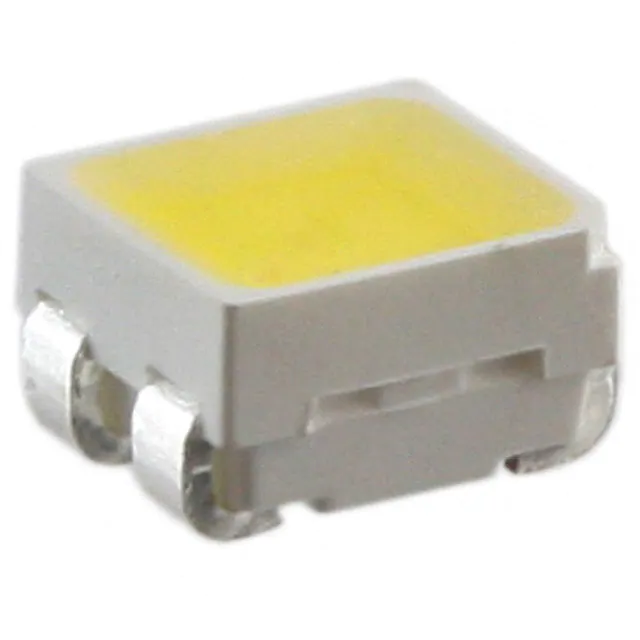 Optoelectronics
Optoelectronics








